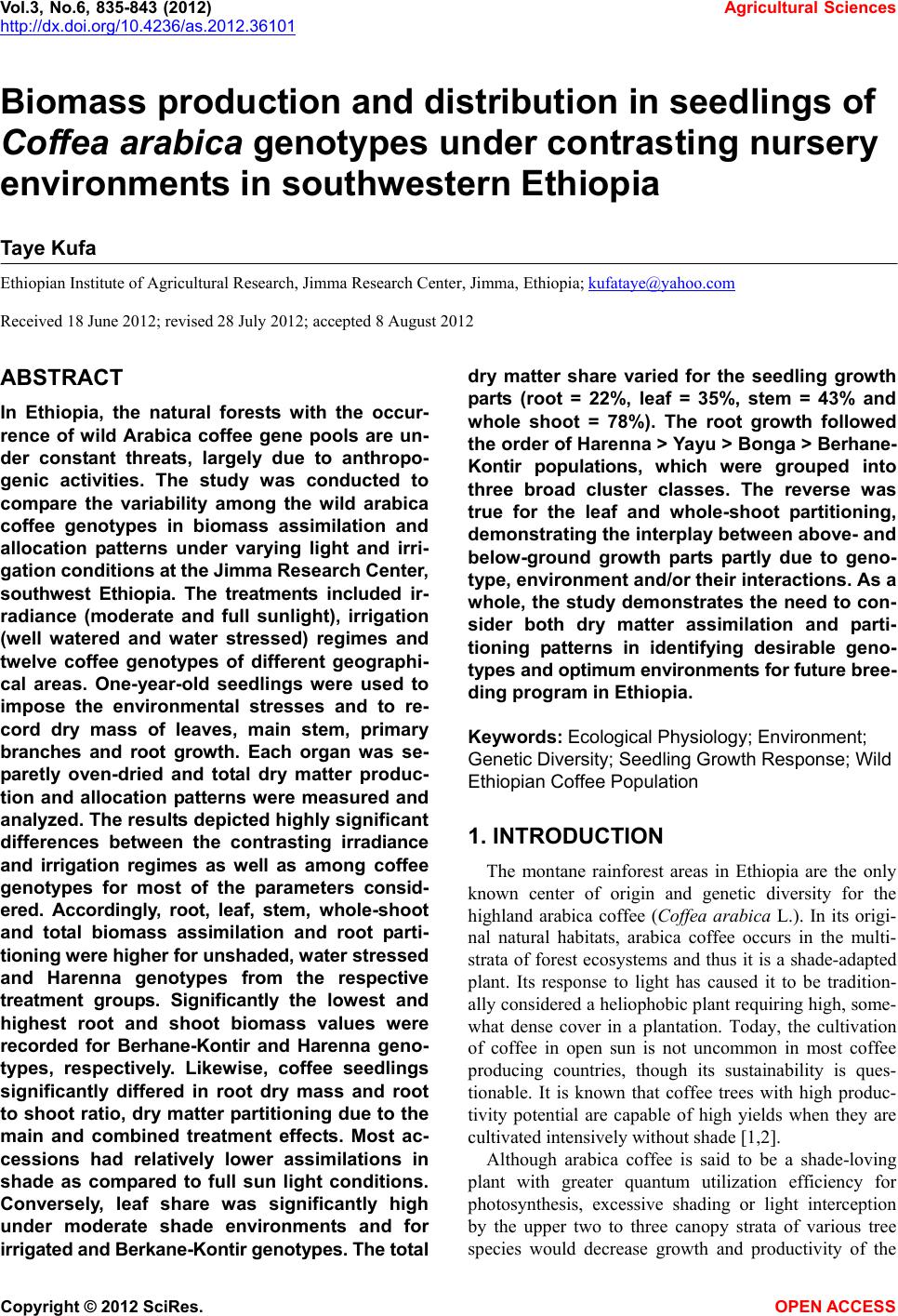Max Weber Biography - Famous People Biographies.
Weber's early paintings reflect his fascination with Futurist themes, Cubist space, and Fauve color, although around 1917 religious motifs assume increasing importance. During the second decade of the century Weber supported himself primarily by lecturing, and his 1916 Essays on Art were based on his teachings at the White School of Photography.National Gallery of Art. Kay Bell Reynal, Max Weber, 1952, photograph, (Photographs of artists taken by Kay Bell Reynal), 1952, Archives of American Art, Smithsonian Institution.Max Weber was an unwitting founder of modern sociology. Explore his life and work, including The Protestant Ethic and The Spirit of Capitalism, at Biography.com.
About the artist: In a long career covering more than half a century, reflecting various revolutionary art movements of those years, and containing more than its share of adversity, Max Weber produced a body of work that is passionate and articulate, triumphant in its conspicuous excellence.Max Weber was among the leading first-generation American modernists, exploring abstraction in painting, sculpture, and poetry. After studying with the innovative teacher Arthur Wesley Dow (1857-1922) at Pratt Institute in Brooklyn, Weber taught art for five years in Virginia and Minnesota.

First Comprehensive Retrospective Exhibition in the West of oils, gouaches, pastels, drawings and graphic works by Max Weber (1882-1961), Selected and coordinated by Mrs. Ala Story. Weber, Max, 1881-1961) University of California at Santa Barbara. Art Galleries.












